Summary
Nearby activities include hiking, bird watching, and exploring the local museums. Fishing tips include using live bait and fishing near brush piles and drop-offs. The best time of year to visit is during the spring and fall when the temperatures are mild, averaging around 70-80 degrees Fahrenheit. During the summer, temperatures can reach up to 90 degrees Fahrenheit, making it less desirable for outdoor activities.
Fish Species
Weather Forecast
Nearby Streamflow Levels
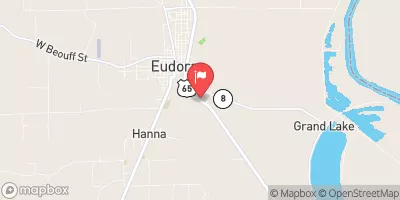 Bayou Macon At Eudora
Bayou Macon At Eudora
|
10cfs |
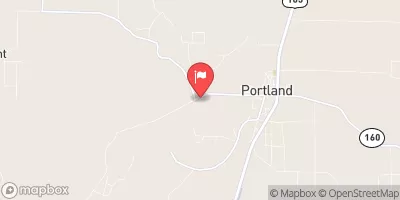 Bayou Bartholomew Near Portland
Bayou Bartholomew Near Portland
|
65cfs |
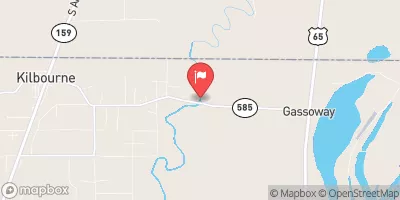 Bayou Macon Nr Kilbourne
Bayou Macon Nr Kilbourne
|
28cfs |
 Bogue Phalia Nr Leland
Bogue Phalia Nr Leland
|
17cfs |
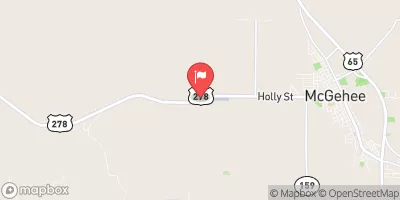 Bayou Bartholomew Near Mcgehee
Bayou Bartholomew Near Mcgehee
|
18cfs |
 Bayou Bartholomew Near Jones
Bayou Bartholomew Near Jones
|
218cfs |
Angling Safety Guidelines
Check local fishing rules, seasons, size limits, and license requirements to ensure legal and sustainable angling.
Handle Fish Responsibly
Use wet hands, minimize air exposure, and release fish gently to improve survival rates when practicing catch-and-release.
Choose the Right Gear
Match your rod, line, and tackle to the species and conditions to increase success and reduce unnecessary harm to fish.
Respect the Waterway
Avoid disturbing habitat, prevent bank erosion, and keep a safe distance from spawning areas to protect ecosystems.
Keep It Clean
Pack out all line, hooks, bait containers, and trash—discarded gear can injure wildlife and degrade waterways.
Related Links
Area Campgrounds
| Location | Reservations | Toilets |
|---|---|---|
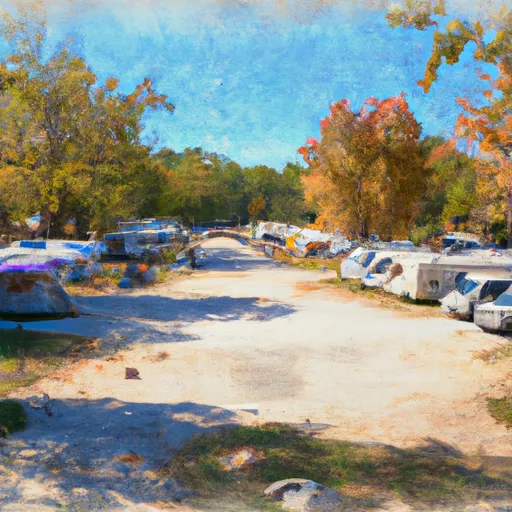 Chicot County RV Park
Chicot County RV Park
|
||
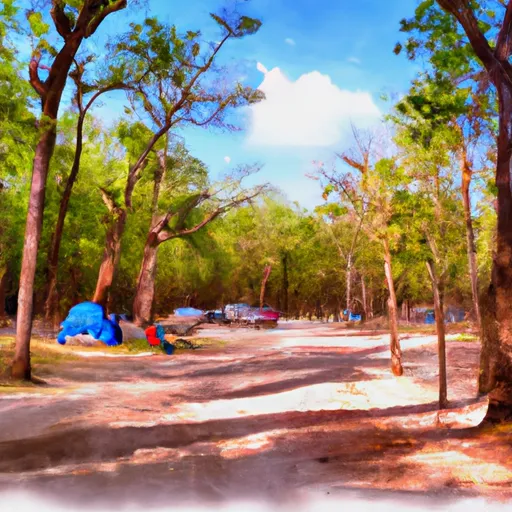 Lake Chicot State Park
Lake Chicot State Park
|
||
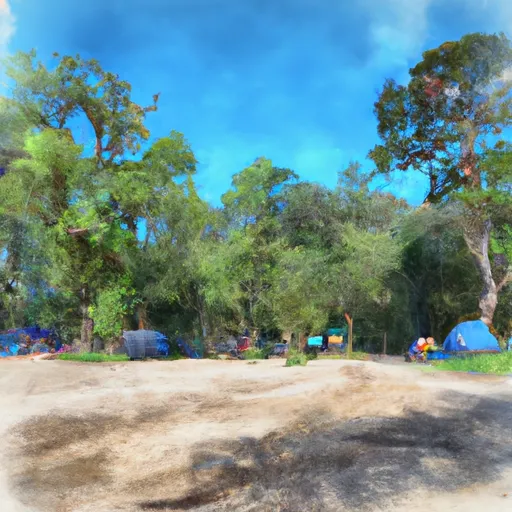 Warfield Point Park
Warfield Point Park
|

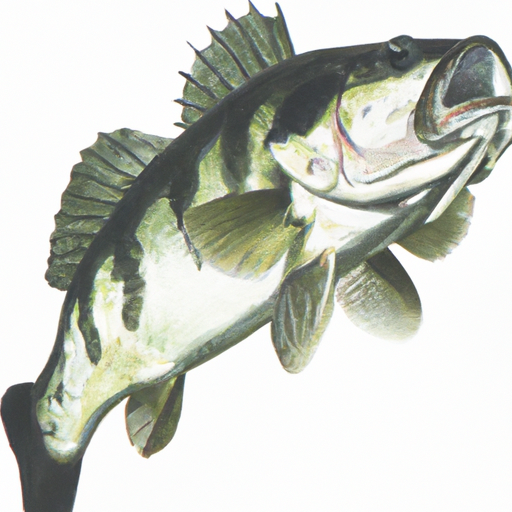 Largemouth Bass
Largemouth Bass
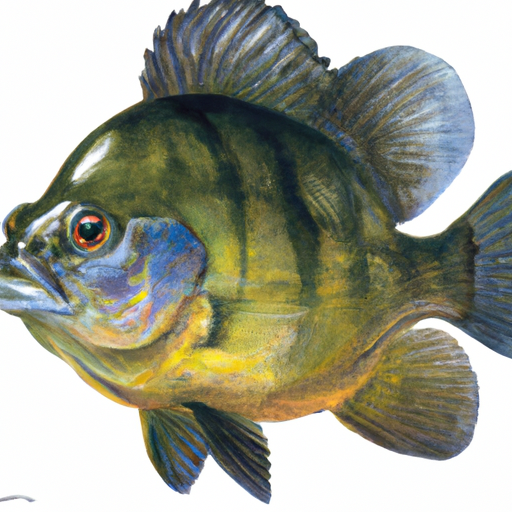 Bluegill
Bluegill
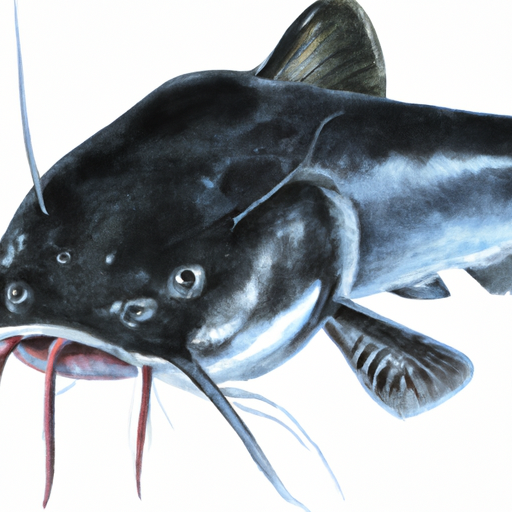 Channel Catfish
Channel Catfish
 Black Crappie
Black Crappie
 Ditch Bayou Station-Lake Chicot
Ditch Bayou Station-Lake Chicot